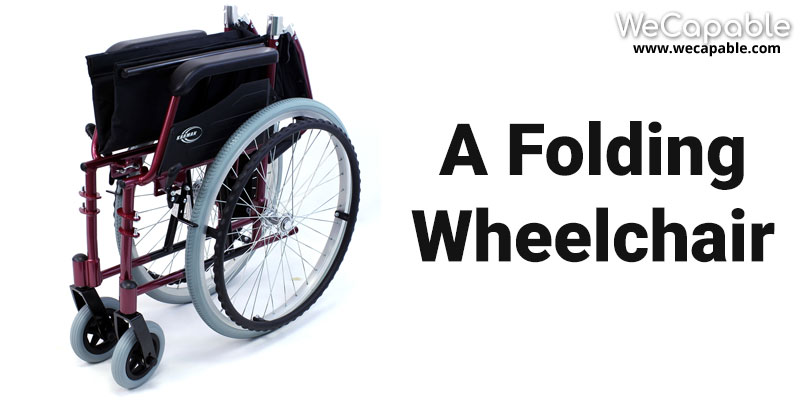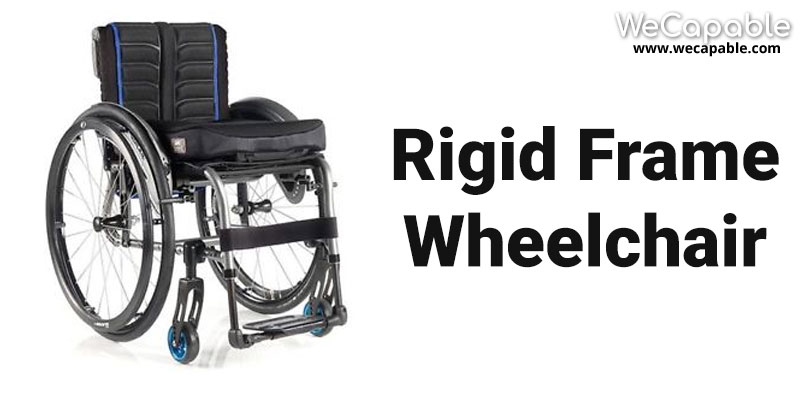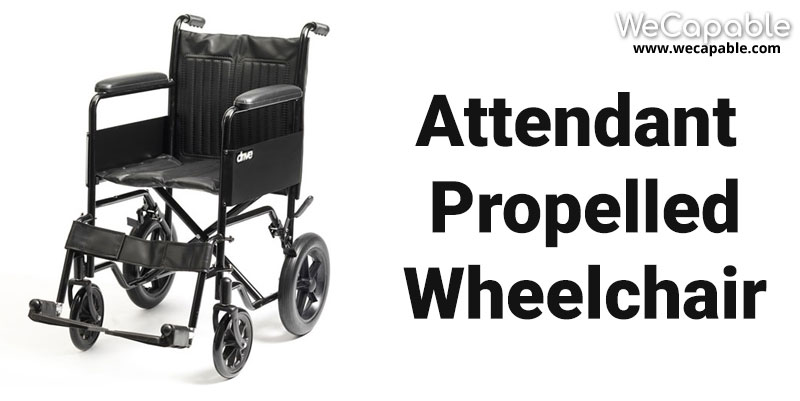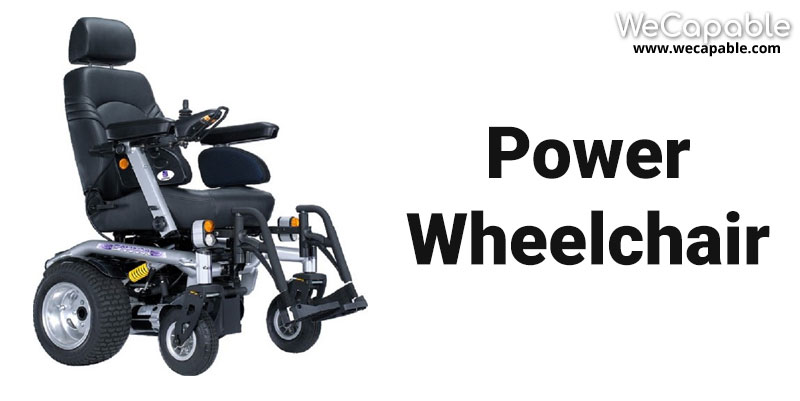Wheelchair is an important assistive device for those who face difficulty in walking. Some time ago we published an article on the history of wheelchair. In that article, we traced the evolution of wheeled chairs from olden times to the modern era wheelchairs. Here in today’s article we will describe different types of wheelchairs available nowadays. It is important to know various formats of wheelchairs so that one can select the right variety for use.
While selecting a wheelchair, among other things, one should consider:
- Strength of the user
- Storage
- Frequency of use
- Transferring to and from wheelchair
- Areas where wheelchair would be used
- And, of course, budget!
Self-propelled Wheelchairs
This is probably the most widely used type of wheelchair. These chairs are often used by the everyday wheelchair users who have enough strength in the upper portion of the body, especially arms. Such wheelchairs consist of four wheels (two small caster wheels in front and two large side-wheels), push-rims, footrests and back cushion. Push-rims are what make these wheelchairs different from the attendant-propelled wheelchair. The user of self-propelled wheelchair pushes the chair with the help of push-rims. So, the user should have enough strength on arms.
Self-propelled wheelchairs can be of two types:
1. Folding Frame
A fold-able wheelchair can be squeezed to bring its two sides together. In folded state, the wheelchair takes lesser amount of space for storage. Such wheelchairs can be easily loaded into a vehicle and also stored easily in house or office. Folding wheelchairs are generally less sturdy and are mostly preferred by part-time users or by those who travel in vehicles.

Seat of these wheelchair is made of fold-able material like cloth, leather or synthetic material like artificial leathercloth. Such flexible seat allows the chair’s side to collapse and come together.
2. Rigid Frame
This type wheelchairs can not be folded. These are stronger and are preferred by everyday wheelchair users. Seats in rigid frame chairs could be made of solid material like metal, wood, plastic etc. These chairs are heavier than folding frame — but nowadays even rigid frame wheelchairs are coming in ultra-light varieties.

These chairs are often custom made for the user. A number of wheelchair accessories could be fitted to self-propelled wheelchairs, such as:
- Anti-tip bars or wheels
- Safety belts
- Adjustable backrests
- Tilt and/or recline features
- Extra support for limbs or head and neck
- Holder for crutches
- Holder for oxygen tanks
- Drink holders
- Mud and wheel-guards
Attendant-Propelled Wheelchairs
These wheelchairs have handles at the back which help an attendant to push the wheelchair forward. Wheels of this type of chairs are usually smaller than the self-propelled variety. Sometimes brakes are provided in the handles for the attendant. Parking brakes are also available and can be applied by the attendant using his hand or foot.

Attendant driven wheelchair are commonly found in institutional areas where these could be loaned to the general public. For example, you would find them at airports, railway stations, hospitals, super markets etc.
Powered / Motorized Wheelchair
Powerchairs are propelled by electricity. The wheelchair frame incorporates batteries and electric motors that spin the wheels. Such chairs are controlled by a joystick installed on the armrest. In some cases the joystick could be installed on the upper side if the chair is to be operated by an attendant.

Motorized wheelchairs can easily travel over 15 kilometers per battery charge. If the wheelchair user is not able to handle joystick, other types of control mechanisms could also be installed, such as:
- head-switches
- chin-operated joysticks
- sip-and-puff controllers
SEE: Wheelchair of Stephen Hawking
Other Types of Wheelchairs
We’ve explained the most commonly used types of wheelchairs. But there are other specialized formats as well. For example.
- Standing Wheelchair
- Hemiplegic Wheelchair
- Mobility Scooter
- Sports Wheelchair
- Reclining Wheelchair
- Beach Wheelchair
- Stair Climbing Wheelchair
I hope that you got the basic information about the commonly used varieties of wheelchairs. I invite my readers to contribute more information to this article through comments. Thank you for connecting with WeCapable!
Use the citation below to add this article to your bibliography
"Different Types of Wheelchairs." Wecapable.com. Web. June 16, 2025. <https://wecapable.com/wheelchairs-types/>
Wecapable.com, "Different Types of Wheelchairs." Accessed June 16, 2025. https://wecapable.com/wheelchairs-types/
"Different Types of Wheelchairs." (n.d.). Wecapable.com. Retrieved June 16, 2025 from https://wecapable.com/wheelchairs-types/

Very nice article. Thanks for sharing.
very beautiful article nobody talks about disabled persons you done a very good job. Hats Off to you.
My father is on diapers and sits most of the day on his wheel chair. Urinating isn’t a problem, has a catheter at the moment. Number 2 is troublesome.
Are there wheelchairs that facilitate this process, maybe with a round opening, doughnut style on the seat, that will ease the pressure on the release of the stool?